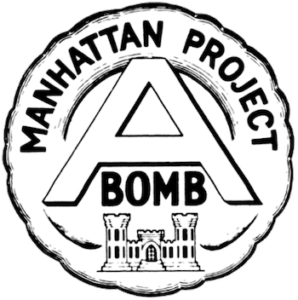
*On this date in 1941, we affirm the Manhattan Project and Black history. This American project (Metallurgical Laboratory) led to the development of the atomic bomb, which ended World War II.
With lobbying from A. Phillip Randolph, Franklin D. Roosevelt’s Executive Order 8802 was issued that summer. It stated, “There shall be no discrimination in the employment of workers in defense industries of Government because of race, creed, color, or national origin.” To reinforce this executive order, a discrimination clause was prohibited in all defense contracts.
Blacks played important roles in the Manhattan Project. Black workers, many striving to escape Jim Crow laws and the drought that devastated rural farming communities following the Great Depression, joined the project in the thousands. While some worked as scientists and technicians in Chicago and New York, most African Americans on the project were employed as construction workers, laborers, janitors, and domestic workers at Oak Ridge and Hanford.
Fifteen Black scientists (women and men) worked on this project. Some were Harold Delaney, Samuel Massie, Moddy Taylor, Carolyn Parker, Ralph Gardner, Jasper Jefferies, Lawrence Knox, Edwin Russell, Benjamin F. Scott, Blanche Lawrence, Lloyd Quarterman, J. Ernest Wilkins, and others. Hungarian-born physicists Leo Szilard and Eugene Wigner drafted the Einstein–Szilard letter, which warned of the potential development of "extremely powerful bombs of a new type." It urged the United States to take steps to acquire stockpiles of uranium ore and accelerate the research of Enrico Fermi and others into nuclear chain reactions. They had it signed by Albert Einstein and delivered to President Roosevelt. He called on the National Bureau of Standards (NBS) to head the Advisory Committee on Uranium to investigate the issues raised by the letter.
The NBS held a meeting on October 21, 1939. In November, the committee reported to Roosevelt that uranium "would provide a possible source of bombs with a destructiveness vastly greater than anything now known." The Manhattan Project reflected the era’s racism and segregation, but for many African Americans, it also represented opportunity. Despite their hardships and discrimination, black workers, technicians, and scientists were integral to the project. Their contributions, from the Hanford and Oak Ridge plants to the laboratories of Chicago and Columbia, played a crucial role in bringing World War II to a close. Their experiences are an essential part of the Manhattan Project story.